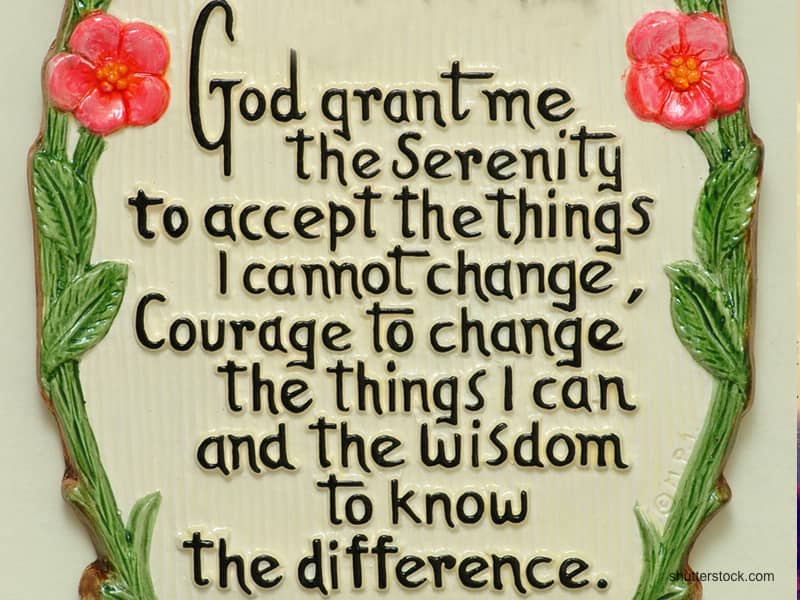With the explosive growth of contemporary worship in the past two decades, Christians might think they've seen the last of liturgical worship. Think again.
Though still small, there is a movement back to the roots of ancient worship. It is surfacing in some likely and unlikely places:
* Some liturgical churches are attracting a new generation of worshipers seeking to connect with ancient traditions to counteract America's eclectic and rootless religious culture.
* Some traditional evangelical churches are "blending" liturgical elements into worship for the first time.
* And even some new-style churches are finding that Generation Xers respond to the counter-cultural nature of ancient worship; it's a far cry from the user-friendly contemporary worship predominant among baby boomers.
Not so long ago, liturgical worship--a set ritual for public worship--was considered anathema by many evangelicals, most of whom come from worship traditions centered on the Bible and evangelism. Many equate liturgical worship with the rituals of Roman Catholics and other sacramental traditions, which Protestants left behind at the Reformation. Others view the trappings of liturgy--candles, stained-glass, robes, banners --as the kind of "churchy" things that turn contemporary non-Christians off to Christianity.
So why is liturgical worship attractive again?
In part, because it balances rational, word-centered worship with a reemphasis on the senses, aesthetics and mystery. It also fits the postmodern's thirst for an experiential faith and a sense of community.
Rediscovering liturgy has worked for Rivermont Avenue Baptist Church in Lynchburg, Va. In fact, a new liturgical service there is growing faster than the church's contemporary service.
When he first came to Rivermont five years ago, Senior Pastor Jim Baucom led the church to transition from a traditional, revivalistic style of worship to a more "high-energy," contemporary service. That helped bring a dramatic turnaround and new growth in the 105-year-old congregation, which had seen a long period of decline.
But it also left some holes.
"A lot of the folks who have come in have been left with a hunger for a more contemplative worship experience," says Baucom, 34. "In particular, the Gen-Xers who have come into the church have asked for something very traditional."
Baucom and his staff studied ancient worship methods and patterns that would fit Baptist theology and tradition. Rivermont started a Celtic service that includes readings from ancient Irish, Scottish and Welsh poetry, plus Celtic-themed songs that date back as far as the fifth century.
The sanctuary is lit by candles, and the ministers wear robes patterned after the vestments of ancient monks and friars. Bagpipes and violins replace drums and electric guitars. No contemporary worship choruses are sung.
"It's a very mystical, mysterious and contemplative type of worship experience," Baucom says.
Webber, a professor at Wheaton College and author of Evangelicals on the Canterbury Trail, said that worship in many evangelical churches--both traditional and contemporary--in recent years has focused more on entertainment than participation. "In most of our churches, people don't sing anymore, because it's performance."
He advocates structuring worship around a model--a "liturgy"--that imitates the ancient church's order of worship.
"The kind of worship we have developed is highly participatory," says Webber, who has produced a video series to teach worship leaders to incorporate the ancient ways. "The best way to describe it is that it draws from the ancient Western tradition and the best of the charismatic traditions."
Webber recommends, for instance, that a ceremonial Bible be carried through the congregation as part of an opening processional. Communion should be celebrated as often as possible and at the front of the sanctuary so that worshipers make personal contact with those serving the wine and bread.
But don't expect young adults to flock back to existing liturgical churches, warns Paul Basden, author of The Worship Maze. Liturgy is coming back, he agrees, "but it's not coming back in the same form."
Churches that attract young adults will have to make room for their unique worship expressions, particularly their music, says Basden, a pastor in Birmingham, Ala.
In the case of Gen-Xers, "what we may see is 'grunge liturgy,'" he notes.
Liturgy is attractive to the post-boomer generations because of its emphasis on community. "The boomer generation promised us a new world, but they didn't deliver," Webber says. Following the boomer-led suburbanization and strip-malling of America, younger generations feel isolated and are desperate for community.
In liturgical worship, communion is the centerpiece of community-building. Sly says communion connects believers to each other as well as to the past. "I think a lot of young people are looking for a faith that isn't going to change on them. They are looking for things that are stable."
Liturgical worship stimulates all of the senses. The smell of incense, the sight of bright colors and banners, and the architecture make it a multisensory experience.
"We are currently experiencing a revolution in communication whereby we are moving from verbal to symbolic means of expression," he says. "The symbolism is a part of the text of worship."
And liturgical worship emphasizes the mystery and transcendence of God over rationalism and familiarity.
"The liturgical style is more serious about mystery, and ties it into a direct way of life," says Dean Borgman, a professor at Gordon-Conwell Theological Seminary near Boston. "This is attractive to Gen-Xers because mystery provides a more satisfactory solution than the cognitive explanations of suffering, tragedy and the cross. The mystery suggests that things aren't supposed to be explained."
Robert Webber agrees: "We're done with 'evidence that demands a verdict.' Answers aren't that cheap, and they're tough to come by. ... But now we don't need to understand."

